In 1798, the site of today’s King Edward hotel at 37 King Street East was where the town of York had constructed its first jail. It was known as “the old log gaol.” The first prisoner to be executed there was John Sullivan, who was hanged on 11 October 1798 for stealing a forged note with a value of one dollar. The jail remained in use until 1827, when a newer jailhouse was built on the northeast corner of King and Toronto Streets, not far from the present-day location of the King Edward Hotel. York’s first jail was demolished in 1960. The 1960s was a decade when many of Toronto’s historic buildings were destroyed, as the prosperity following the opening of the St. Lawrence Seaway in the 1950s instigated a building boom across the city.
George Gooderham, a prominent businessman, industrialist, and real estate magnate built the hotel. His family owned the Gooderham and Worts Distillery, now restored and named “The Distillery District.” He also owned the Flat Iron Building at Front and Wellington Streets. He named his fashionable eight-storey King Edward Hotel after King Edward VII, whose reign had commenced the year that construction began on the structure. Designed by one of America’s leading architects, Henry Ives Cobb, in corroboration with Toronto’s architect, E. J. Lennox, the designer of the Old City Hall, the hotel was opened in 1903. It was immediately embraced by the elite of the city and remained the city’s finest hostelry for over 60 years.
A year after the hotel opened, a disastrous fire swept through downtown Toronto, destroying many buildings. The fire raged for over eight hours, and firefighters from Buffalo and Hamilton rushed to Toronto to assist the local brigades. Those that arrived after 5 am were given a free breakfast at the King Edward Hotel.
Between the years 1920-21 an eighteen-story addition was added to the “King Eddy,” as it was affectionately known. One of the most popular features in the new addition was the Crystal Ballroom, located on the top floor. During the 1940s, couples danced in the fabulous ballroom for a cover-charge of $1.50.
In the decades after its expansion, the district where the hotel was located was no longer fashionable. In the 1970s, it appeared as if the hotel might be demolished. However, in 1980-1981 the hotel was renovated and restored to its former glory.
The impressive lobby of the King Edward Hotel
Ornate classical ceiling of the lobby Breakfast area in the lobby
Painting of King Edward VII in the lobby of the hotel
The Sovereign Ballroom, once known as the Victoria Room. The ceiling plasterwork is among the finest ever created in Toronto.
The King Edward Hotel in 1919, Toronto Archives, Fonds 1231, It. 1129
To view the Home Page for this blog: https://tayloronhistory.com/
To view previous blogs about movie houses of Toronto—historic and modern
Recent publication entitled “Toronto’s Theatres and the Golden Age of the Silver Screen,” by the author of this blog. The publication explores 50 of Toronto’s old theatres and contains over 80 archival photographs of the facades, marquees and interiors of the theatres. It relates anecdotes and stories of the author and others who experienced these grand old movie houses.
To place an order for this book:
Book also available in Chapter/Indigo, the Bell Lightbox Book Store and by phoning University of Toronto Press, Distribution: 416-667-7791
Theatres Included in the Book:
Chapter One – The Early Years—Nickelodeons and the First Theatres in Toronto
Theatorium (Red Mill) Theatre—Toronto’s First Movie Experience and First Permanent Movie Theatre, Auditorium (Avenue, PIckford), Colonial Theatre (the Bay), the Photodrome, Revue Theatre, Picture Palace (Royal George), Big Nickel (National, Rio), Madison Theatre (Midtown, Capri, Eden, Bloor Cinema, Bloor Street Hot Docs), Theatre Without a Name (Pastime, Prince Edward, Fox)
Chapter Two – The Great Movie Palaces – The End of the Nickelodeons
Loew’s Yonge Street (Elgin/Winter Garden), Shea’s Hippodrome, The Allen (Tivoli), Pantages (Imperial, Imperial Six, Ed Mirvish), Loew’s Uptown
Chapter Three – Smaller Theatres in the pre-1920s and 1920s
Oakwood, Broadway, Carlton on Parliament Street, Victory on Yonge Street (Embassy, Astor, Showcase, Federal, New Yorker, Panasonic), Allan’s Danforth (Century, Titania, Music Hall), Parkdale, Alhambra (Baronet, Eve), St. Clair, Standard (Strand, Victory, Golden Harvest), Palace, Bedford (Park), Hudson (Mount Pleasant), Belsize (Crest, Regent), Runnymede
Chapter Four – Theatres During the 1930s, the Great Depression
Grant ,Hollywood, Oriole (Cinema, International Cinema), Eglinton, Casino, Radio City, Paramount, Scarboro, Paradise (Eve’s Paradise), State (Bloordale), Colony, Bellevue (Lux, Elektra, Lido), Kingsway, Pylon (Royal, Golden Princess), Metro
Chapter Five – Theatres in the 1940s – The Second World War and the Post-War Years
University, Odeon Fairlawn, Vaughan, Odeon Danforth, Glendale, Odeon Hyland, Nortown, Willow, Downtown, Odeon Carlton, Donlands, Biltmore, Odeon Humber, Town Cinema
Chapter Six – The 1950s Theatres
Savoy (Coronet), Westwood
Chapter Seven – Cineplex and Multi-screen Complexes
Cineplex Eaton Centre, Cineplex Odeon Varsity, Scotiabank Cineplex, Dundas Square Cineplex, The Bell Lightbox (TIFF)
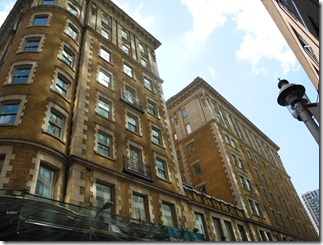
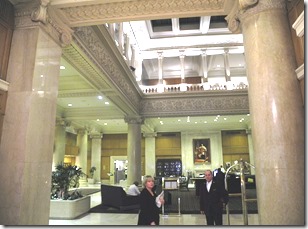
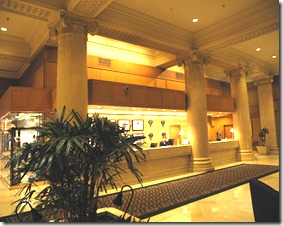
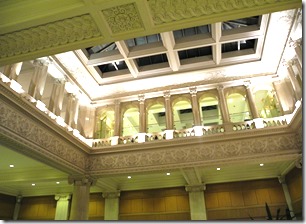
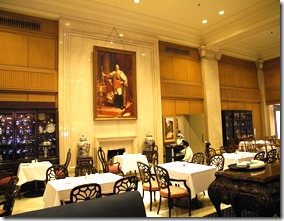
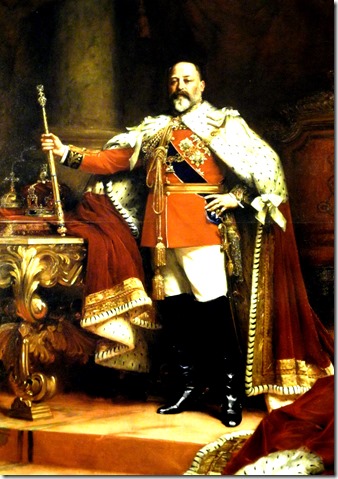
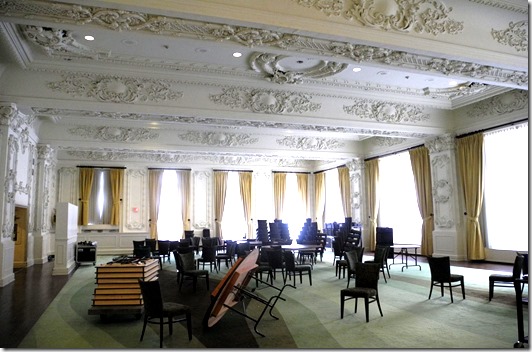
![1919-- f1231_it1129[1] 1919-- f1231_it1129[1]](https://tayloronhistory.com/wp-content/uploads/2015/05/1919-f1231_it11291_thumb.jpg)
![cid_E474E4F9-11FC-42C9-AAAD-1B66D852[2] cid_E474E4F9-11FC-42C9-AAAD-1B66D852[2]](https://tayloronhistory.com/wp-content/uploads/2015/05/cid_e474e4f9-11fc-42c9-aaad-1b66d8522_thumb3.jpg)

